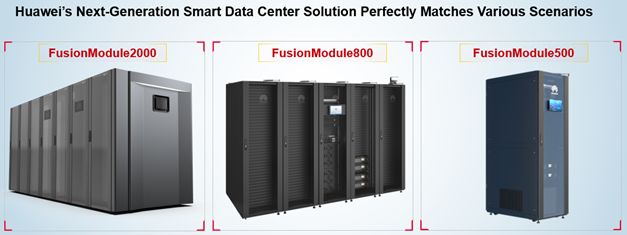For decades, data centers have been regarded as the nexus of the network and fundamental to the digital economy. Enterprises, telecom carriers, cable operators and, more recently, service providers like Google and Facebook, treat data centers as the heart and muscle of Information Technology (IT). The recent emergence of the cloud has also emphasized the importance of a modern data center. And now, with the emergence of 5G and the Internet of Things (IoT), IT decision makers are beginning to place their focus on small and edge data centers, recognizing the need to place more capacity and processing power closer to end-users. Indeed, according to a recent study from research firm Global Market Insights, the annual small and edge data center market will surpass US$20 billion by 2026.
Compact and Complete
A small and edge data center not only provides local IT deployment for cloud services, but also has computing, storage, and analysis resources for application processing and data caching. It contains the same power, cooling, connectivity, and security features as a centralized data center, just on a smaller scale. In addition, IT deployments of small and edge data centers handle processing, data analytics, and data storage for applications, end-users, and devices.
Lower Latency, Closer to the User
The next decade will produce interconnected technologies that will continue to transform and automate our daily lives, including self-driving vehicles, Smart Cities, and smart factories, all driven by 5G mobile networks, as well as IoT and Industrial Internet of Things (IIoT) devices. However, to fully unleash the potential of these technologies, key technical constraints still need to be overcome, most notably issues related to network latency. Small and edge data centers offer an effective solution, reducing latency by bringing IT resources much closer to where users and devices are. Localized computing, data storage, and data analytics provide far higher levels of application performance and reliability, as a result.
Gartner predicts that, within four years, 75% of data generated by enterprises will be processed at the edge. Demand for real-time interaction is driving businesses to bring computing power closer to end-users. Small and edge data center are therefore making an appearance in several industries and scenarios.
Retail: Small and edge data centers help retailers close the gap between online and offline sales.
Manufacturing: Edge data centers deployed in distribution warehouses are capable of managing growing volumes of inventory and shipping data; in factories, such data centers manage data generated from sensors as well as communications between equipment, contributing to a growing IIoT.
Telecoms: Central offices of teleco companies are being converted into computing rooms and used as edge data centers to make their networks more dynamic.
A Modular Data Center Solution Is the Best Choice
Modular data centers can quickly roll-out IT services as required, as well as provide possibility for simplified expansion in the future. This equips enterprises to rapidly adapt to emerging technological developments and real-time service requirements. A modular data center solution is therefore proving to be a good fit for small and edge data centers, offering a range of features.
Deployment: Prefabricated modules can be delivered with equipment racks, Uninterruptible Power Supply (UPS) equipment, batteries, switchgear, cooling equipment, and monitoring systems already preinstalled. Multiple modules can be combined for larger sites, as required.
Cooling: Modular data centers can be constructed with a variety of cooling options, based on the precise needs of the edge, from in-row cooling to in-rack cooling.
Power: Modular design elements include utility power hookups, standby generators, UPS modules, and Power Distribution Units (PDUs): all deployed to ensure uptime.
Huawei — the Modular Data Center Solution Leader
Huawei’s Smart Modular Solution for small and edge scenarios is comprised of three products — FusionModule500, FusionModule800, FusionModule2000 — designed for different industrial needs. All three products are highly integrated and can be brought online in just four hours. With SmartLi UPS inside — Huawei’s smart lithium battery UPS — physical footprints are slashed by 50-70%, while a rack-mounted cooling system keeps IT devices running stably, maximizing uptime. Additionally, Huawei solutions support the unified management of multiple data centers, future-proofing infrastructure for the cloud era.
Curious about how Huawei’s Smart Modular Solution can meet your business computing and IT needs?
Schedule a tour now
Source: Francom Asia
